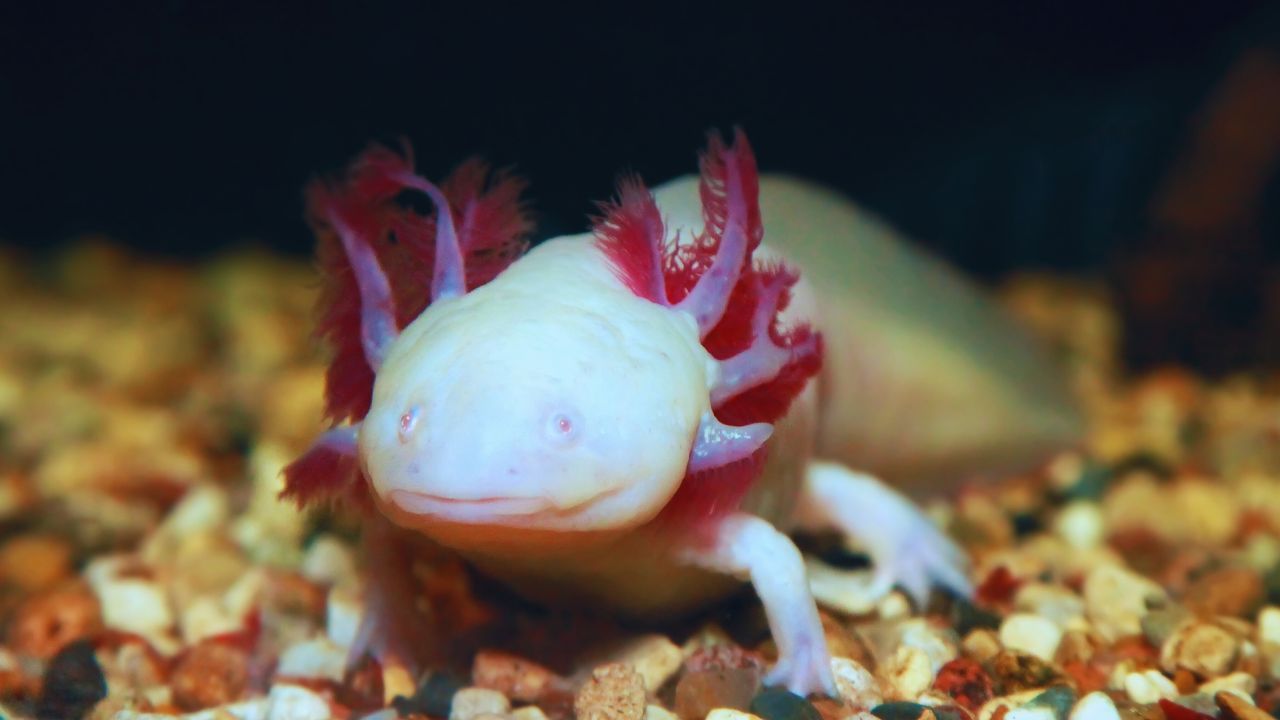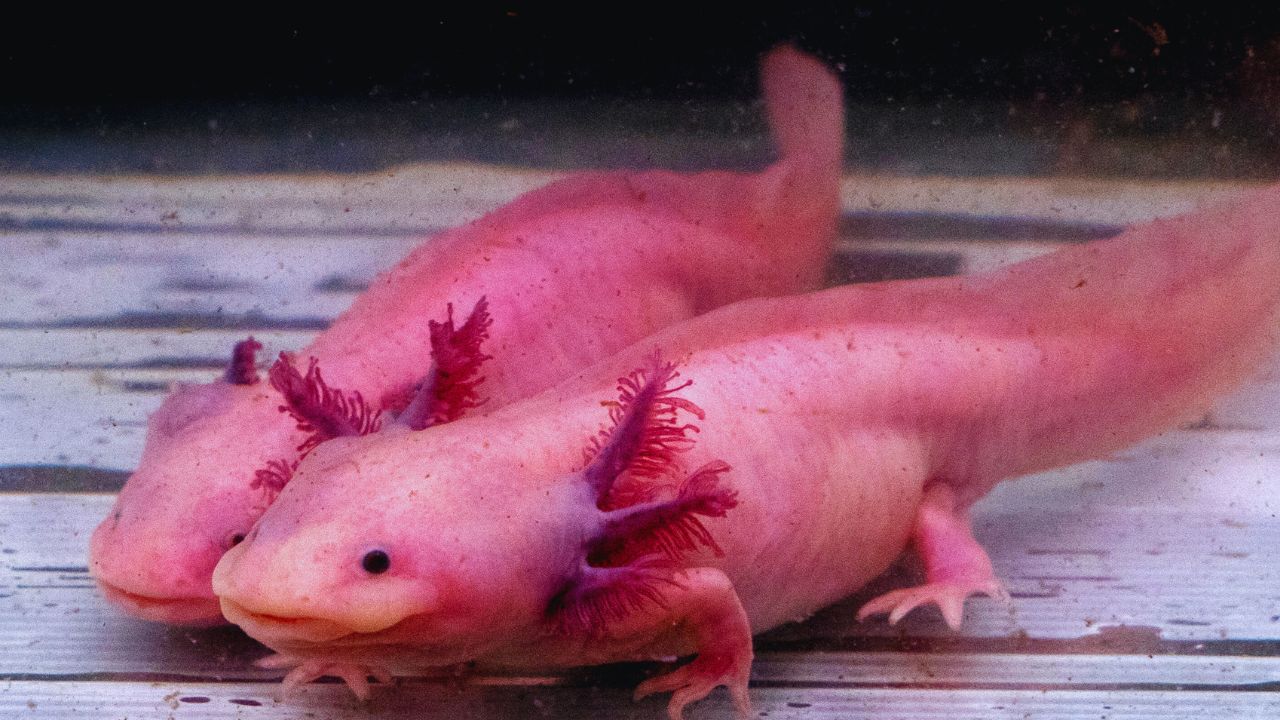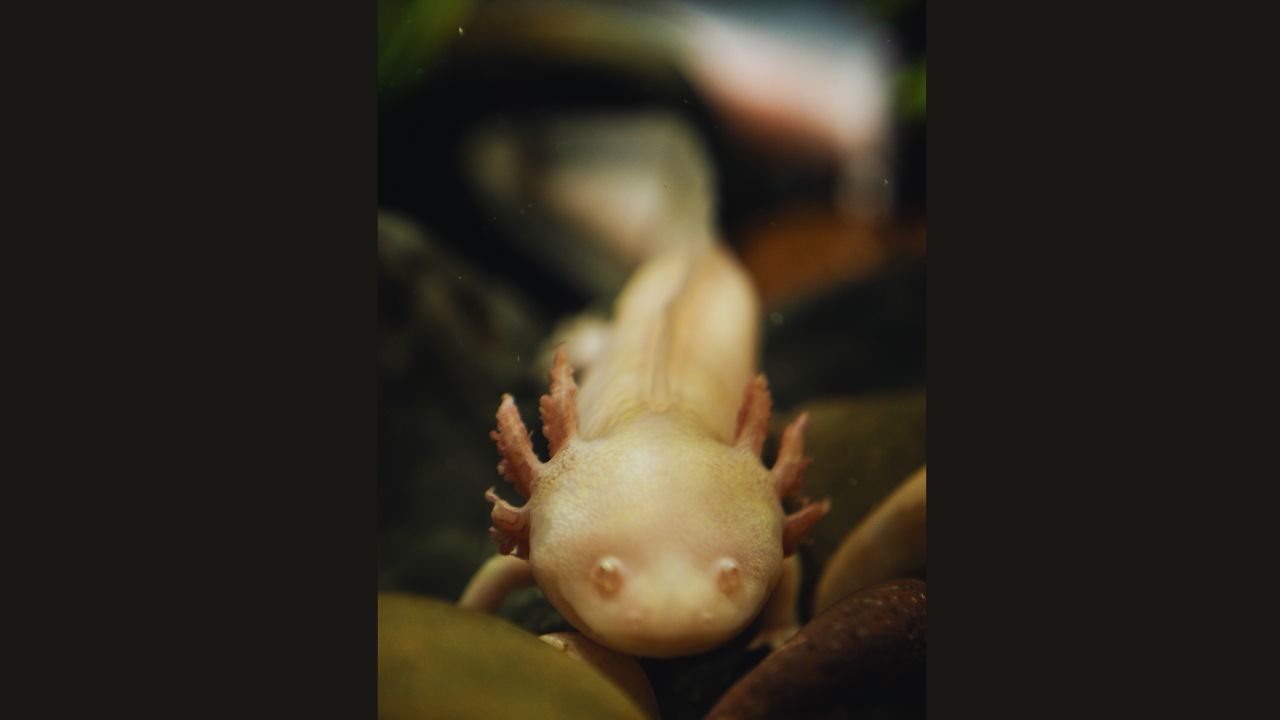Axolotls, creatures with a name as unique as their appearance, are a fascinating blend of salamander and fish-like features. Pronounced “ax-uh-lot-ul,” these amphibians have an almost mythical quality, thanks to their unusual physical traits, which include gills, legs, and a streamlined body that seems to defy easy classification. Despite their captivating characteristics, axolotls are now far less common in their natural habitat than they once were. This raises the pressing question: How many axolotls are there in the world today? In this article, we delve into the intriguing lives of these aquatic creatures and explore the factors that have led to their decline.

General Characteristics of Axolotls
| Characteristic | Description |
|---|---|
| Scientific Name | Ambystoma mexicanum |
| Common Names | Mexican walking fish, water monster |
| Physical Appearance | Typically 9 inches long (can grow up to 18 inches); weighs up to 10.5 ounces; comes in various colors, including brown, albino, leucistic, xanthic, and melanoid. |
| Neoteny | Retains juvenile characteristics (gills) throughout life and does not undergo metamorphosis like other salamanders. |
| Habitat | Naturally found only in Lake Xochimilco, Mexico; prefers water temperatures between 60 and 64 °F; bottom-dwelling with a preference for cool, stable environments. |
| Diet | Carnivorous; feeds on aquatic insects, insect larvae, worms, crustaceans, mollusks, small fish, and amphibians in the wild. |
| Lifespan | 10-15 years in the wild; over 20 years in captivity under proper care. |
| Reproductive Maturity | 18–24 months; capable of laying 100–1,000 eggs per cycle. |
| Conservation Status | Critically Endangered; population in the wild estimated between 50 and 1,000 individuals. |
Understanding the Axolotl
Axolotls, scientifically known as Ambystoma mexicanum, are among the rarest aquatic salamanders on the planet. Often referred to as Mexican walking fish, axolotls are entirely aquatic, yet they are not fish at all. Instead, they are a type of salamander, distinguished by their neotenic nature—meaning they retain juvenile characteristics throughout their adult lives.
The name “axolotl” is derived from the Aztec god Xolotl, who was associated with fire and lightning. According to legend, Xolotl transformed into an axolotl to avoid death. The name itself translates to “water monster,” a fitting description for a creature that embodies both mystery and resilience.

Axolotls have garnered attention worldwide, not just for their captivating appearance but also for their ability to come in a variety of colors. In the wild, they are typically brown with golden specks, but they can also be found in an array of colors due to selective breeding. Albino axolotls, for example, have golden skin and eyes, while leucistic ones exhibit a pale pink or white hue with black eyes. Other varieties include xanthic axolotls, which are gray, and melanoids, which are entirely black. Breeders have even developed new color morphs, such as the golden albino and piebald, further adding to the axolotl’s appeal.
In terms of size, axolotls average around 9 inches in length, though some can grow as large as 18 inches. Despite their relatively small stature, they can weigh up to 10.5 ounces.
The Current Population of Axolotls
The International Union for Conservation of Nature (IUCN) estimates that the population of axolotls in the wild is alarmingly low, ranging between 50 and 1,000 individuals. This figure is difficult to pinpoint with precision due to the axolotls’ elusive nature and their preference for avoiding human contact. Even experienced conservationists struggle to locate them in their natural habitat, making it challenging to obtain accurate population data.
However, the situation is markedly different in captivity. Axolotls are popular as exotic pets and are also widely used in scientific research, leading to a much larger captive population. Some estimates suggest there could be as many as one million axolotls in captivity worldwide. Their popularity as pets and research subjects has ensured that the species remains relatively abundant in controlled environments, even as their wild counterparts face extinction.

Axolotls in the Wild vs. Captivity
| Aspect | In the Wild | In Captivity |
|---|---|---|
| Population | Estimated between 50 and 1,000 individuals; difficult to accurately count due to their elusive nature. | Estimated up to 1 million; popular as pets and research subjects. |
| Habitat | Native to Lake Xochimilco, Mexico, habitat shrinking due to urbanization, pollution, and water diversion. | In artificial environments such as aquariums, conditions like water temperature must be carefully controlled (60–64 °F). |
| Threats | Habitat loss, pollution, invasive species (carp and tilapia), and predation by birds. | Mostly safe in captivity but requires proper care; susceptible to poor water quality and an improper diet. |
| Diet | Feeds on small aquatic creatures like insects, worms, and small fish. | Fed on a high-protein diet including bloodworms, earthworms, shrimp, beef, insects, and pelleted food. |
| Reproduction | Lays eggs on aquatic plants and faces threats from predators such as carp, tilapia, and birds. | Breeding is controlled; large numbers of eggs can be successfully hatched; some breeding programs are part of conservation efforts. |
| Lifespan | Shorter, typically 10-15 years due to environmental pressures. | Longer, over 20 years with proper care. |
The Natural Habitat of Axolotls
Axolotls are native to just one location on Earth: Lake Xochimilco, located in the Valley of Mexico. Historically, they were also found in Lake Chalco, but this habitat was destroyed when the lake was drained to prevent flooding, forcing its inhabitants to relocate or perish.
Axolotls are unique among salamanders because they spend their entire lives in the water. Unlike other salamanders that undergo metamorphosis and transition to a terrestrial life, axolotls retain their gills and continue to live underwater, a phenomenon known as neoteny. This trait not only contributes to their aquatic lifestyle but also gives them their characteristic “baby face,” which has made them so beloved.

Lake Xochimilco provides an ideal environment for axolotls, with its cool temperatures ranging between 60 and 64 degrees Fahrenheit. This temperature range is crucial for their survival, as it supports their metabolic processes and prevents the growth of harmful algae. Axolotls are bottom-dwellers, often found crawling or swimming along the lakebed, where they can find ample hiding spots.
The Axolotl’s Struggle for Survival
Axolotls are carnivorous creatures, requiring a high-protein diet to thrive. In the wild, they feed on a variety of small aquatic creatures, including insects, insect larvae, worms, crustaceans, mollusks, small fish, and even other amphibians. Their relatively small size limits their prey to similarly small organisms, but they are efficient predators within their ecological niche.
Despite their predatory nature, axolotls face several threats in their natural habitat. Non-native species such as carp and tilapia, introduced by local farmers, pose significant challenges. These fish not only compete with axolotls for food but also prey on their eggs, further endangering the species. In addition, birds like storks and herons, as well as humans, have historically been predators of axolotls. While the practice of consuming axolotls was once common in Mexico, it has largely diminished due to the species’ decline in the wild. However, in places like Japan, where captive axolotls are abundant, they are still considered a delicacy, noted for their crunchy texture and fish-like taste.
Reproduction and Lifespan
Axolotls reach sexual maturity at around 18 to 24 months, at which point they are capable of reproducing. Their neotenic nature means that even as adults, they retain the gills and other larval features that make them so distinctive. Mating involves a unique courtship ritual where the male deposits sperm capsules for the female to collect, leading to fertilization.

A single female axolotl can lay between 100 and 1,000 eggs at a time, usually attaching them to aquatic plants. These eggs hatch after about two weeks, giving rise to a new generation of axolotls. However, the survival rate of these offspring can be low, as axolotls have been known to cannibalize their own eggs or young under certain conditions.
In captivity, axolotls can live for over 20 years, provided they are well cared for. In the wild, their lifespan is typically shorter, averaging between 10 and 15 years, largely due to environmental pressures and predation.
Axolotls as Pets
Axolotls have become increasingly popular as pets, thanks to their unique appearance and wide range of colors. However, they require specific care to thrive in captivity. Their fragility means that they must be handled gently, and their living conditions must be carefully monitored. The water temperature in their tanks must be kept between 60 and 64 degrees Fahrenheit to maintain their health and prevent the overgrowth of algae, which can be harmful.
Owning an axolotl is not a trivial commitment. While they can be purchased for as little as $40 to $50, the cost of proper care, including a high-protein diet and regular veterinary visits, can add up over their potentially long lifespan. Prospective owners should be prepared for a long-term commitment, as axolotls can live for two decades or more.
In addition to being popular pets, axolotls are valuable research subjects in scientific laboratories. Their remarkable ability to regenerate lost limbs and their resistance to cancer—estimated to be about 1,000 times greater than that of mammals—make them ideal for studies aimed at unlocking the secrets of these phenomena. Axolotls are also featured in many zoos, where visitors can learn about them without the responsibilities of pet ownership.
Conservation Status
Axolotls are classified as Critically Endangered by the IUCN, a designation that underscores the precariousness of their situation in the wild. With as few as 50 individuals left in their natural habitat, the species faces the very real threat of extinction outside of captivity.
Several factors have contributed to the dramatic decline in axolotl populations. The rapid urbanization of Mexico City, which has grown from a population of 3 million to 21 million, has drastically reduced the size of the wetlands that axolotls call home. The diversion of water from Lake Xochimilco for human use has further diminished their habitat, leaving them with fewer places to live and breed. Additionally, pollution and sewage have contaminated the remaining water, making it even less hospitable for axolotls.

The introduction of non-native species, such as carp and tilapia, has also had a devastating impact. These fish not only compete with axolotls for food but also prey on their eggs, further reducing their chances of survival.
Despite these challenges, the large number of axolotls in captivity offers a glimmer of hope for the species’ future. Conservation efforts, including captive breeding programs and habitat restoration projects, are ongoing, and there is optimism that these initiatives will help preserve the axolotl for future generations.
Key Conservation and Ecological Challenges for Axolotls
The Axolotl’s Uncertain Future

Axolotls are extraordinary creatures with a unique set of characteristics that have captured the imaginations of people around the world. However, their survival in the wild is far from guaranteed. With a population that may number as few as 50 individuals in their natural habitat, the axolotl’s future is uncertain. Yet, the significant captive population offers hope that, through concerted conservation efforts, these remarkable amphibians can continue to thrive, if not in the wild, then at least in captivity. The story of the axolotl is a poignant reminder of the delicate balance between nature and human activity and the ongoing struggle to protect the world’s most vulnerable species.





